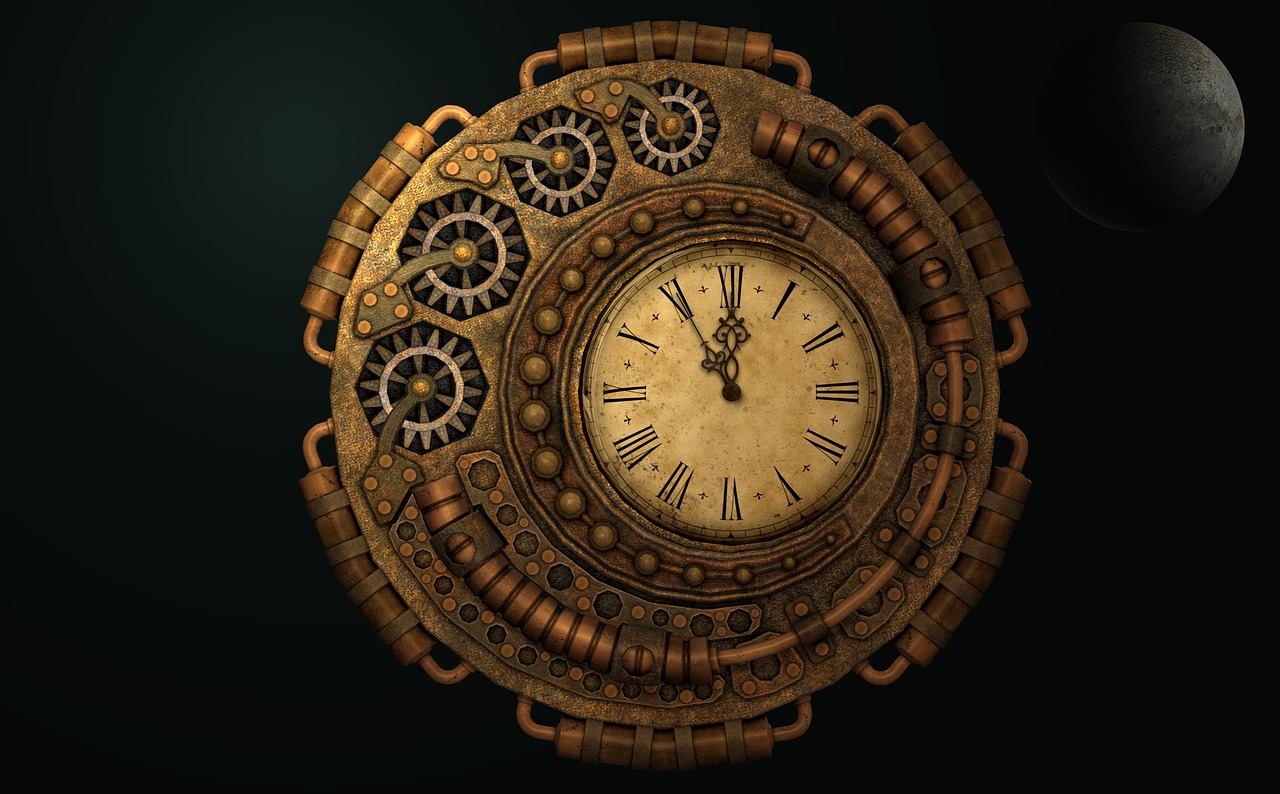Time Machines - Part 1
The Fascinating World of Time Technology
Time technology has always been a subject of intrigue for many. From ancient sundials to modern atomic clocks, humans have continuously strived to understand and measure time accurately. In this series, we will delve into the evolution of time tech, its impact on society, and the latest advancements in the field.
A Brief History of Timekeeping
Timekeeping has evolved significantly over the centuries. Initially, ancient civilizations used sundials to track the movement of the sun across the sky. These early devices were the precursors to more sophisticated timepieces like water clocks and hourglasses.
In the 14th century, mechanical clocks emerged in Europe, revolutionizing timekeeping. The pendulum clock, invented by Dutch scientist Christiaan Huygens in 1656, improved accuracy and set the standard for timekeeping for centuries to come.
The Impact of Time Technology on Society
The development of accurate timekeeping devices had a profound impact on society. It enabled precise navigation, revolutionized industries like transportation and manufacturing, and synchronized human activities on a global scale.
Moreover, the standardization of time zones in the 19th century facilitated global communication and trade, leading to increased interconnectedness among nations.
Exploring Modern Time Tech
Modern time technology has seen remarkable advancements, with atomic clocks being the most precise timekeeping devices ever created. These clocks use the vibrations of atoms to measure time accurately to within a billionth of a second.
Furthermore, the development of satellite-based navigation systems like GPS relies heavily on precise timekeeping for accurate positioning information.
Conclusion
Time technology has come a long way from the sundials of ancient times to the atomic clocks of today. The evolution of timekeeping has shaped human civilization in profound ways, enabling us to navigate the world with precision and synchronize our actions globally.
Stay tuned for Part 2 of our series, where we will explore the future of time technology and its potential implications for society.


